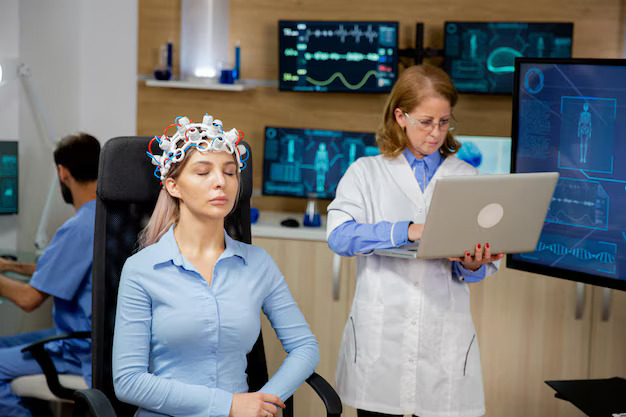How ChatGPT-5 is Transforming Learning and Teaching
ChatGPT-5 transforms education—700M+ users, smarter Study Mode, and deeper AI-teacher collaboration.


The educational landscape stands at a pivotal moment. With OpenAI's release of ChatGPT 5 in August 2025, the most advanced Large Language Model (LLM) yet developed is now reshaping how students learn and teachers teach. This isn't just another incremental AI upgrade—it represents what OpenAI CEO Sam Altman describes as moving from "talking to a college student" with GPT-4 to "talking to a PhD-level expert" with ChatGPT 5.
The statistics underscore the magnitude of this shift: ChatGPT now serves nearly 700 million weekly active users, nearly quadrupling last year's numbers. As this LLM technology becomes more sophisticated and accessible, educators worldwide are grappling with both unprecedented opportunities and complex challenges.
Sam Altman Reveals GPT-5 Success and OpenAI's $500B Generative AI Infrastructure Revolution. Read more here!

The Technical Leap Forward
ChatGPT 5 introduces architectural innovations that address longstanding limitations in AI in education. The model's unified system eliminates the confusion of choosing between different AI models for different tasks—a router automatically directs queries to appropriate reasoning modules, from quick responses for simple questions to deep analytical thinking for complex problems.
The improvements are measurable and significant. OpenAI reports that ChatGPT 5 achieves 94.6% accuracy on AIME 2025 mathematics problems without external tools, and 74.9% on SWE-bench Verified software engineering tasks. Perhaps most critically for educational applications, the model demonstrates a 45% reduction in hallucinations compared to GPT-4o, with factual error rates dropping to as low as 80% fewer when using its reasoning mode.
For educators who have hesitated to integrate AI teacher tools due to reliability concerns, these advances represent a watershed moment. The model's enhanced ability to admit uncertainty—saying "I don't know" rather than fabricating answers—addresses one of the most significant barriers to classroom adoption.
Study Mode: Pedagogical AI in Practice
The most educationally significant innovation in ChatGPT 5 is Study Mode, a feature specifically designed around learning science principles. Rather than simply providing answers, this AI teacher tool walks students through problems step-by-step, asks probing questions, and offers scaffolded hints—closely mirroring the Socratic method that expert teachers employ.
Early research supports the educational potential of this approach. A randomized controlled trial by a researcher found that students using a carefully designed AI in education tutor (built on GPT-4) learned significantly more in less time compared to traditional in-class active learning, while also reporting higher engagement and motivation.
Study Mode represents a philosophical shift in ChatGPT in education applications.
As OpenAI's VP of Education Leah Belsky explains: "Learning requires friction, it takes effort, curiosity, and grappling with ideas. The question on our minds as we built this product was, how can we guide students toward using AI in ways that encourage true, deeper learning?"
Teacher-Generative AI Collaboration: Redefining the Educator’s Role. Read here!
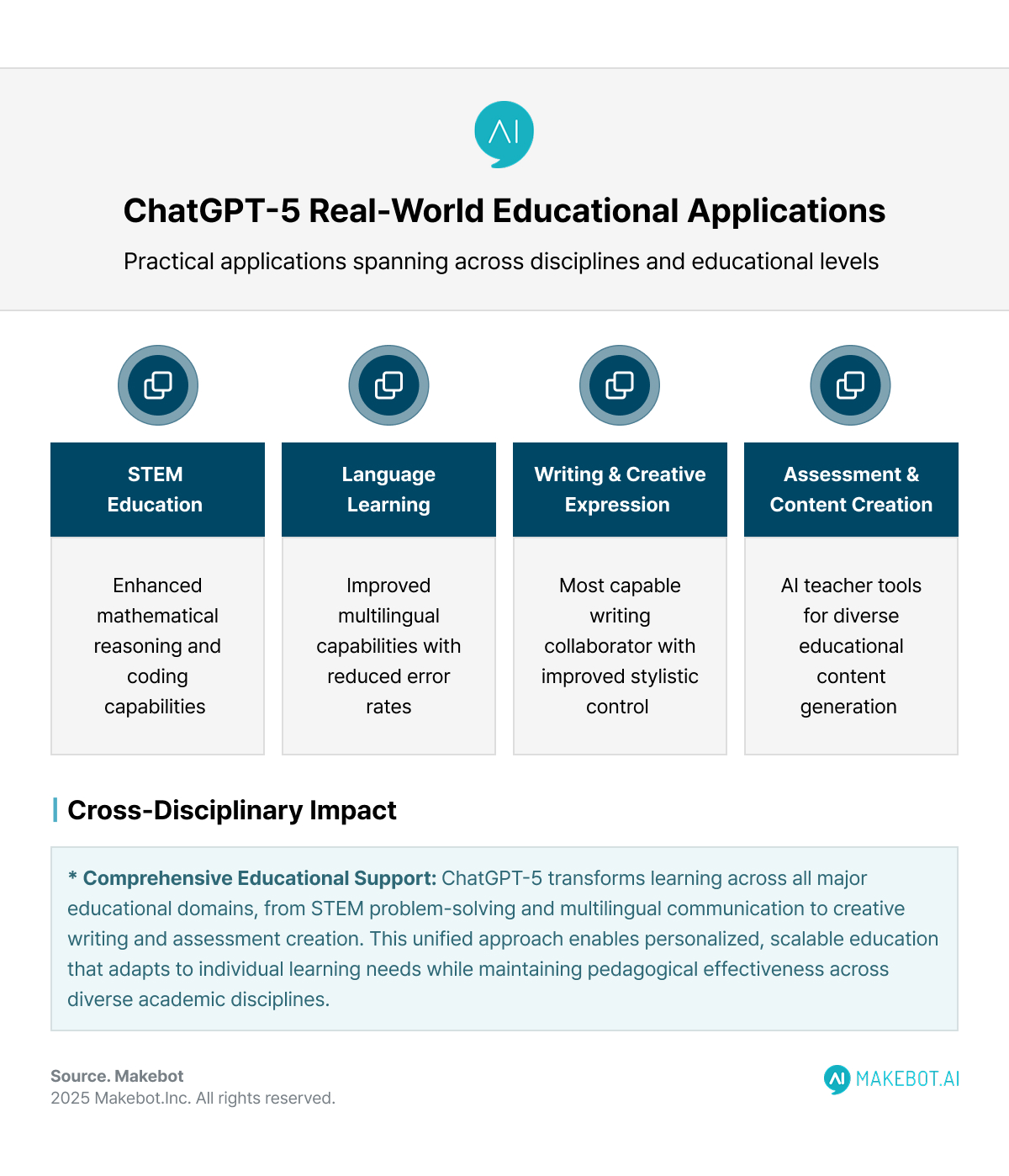
Real-World Educational Applications
The practical applications of ChatGPT 5 in education span across disciplines and educational levels:
STEM Education
With its enhanced mathematical reasoning and coding capabilities, the LLM can generate functional software prototypes from natural language prompts, explain complex scientific concepts with step-by-step reasoning, and provide personalized tutoring in subjects where human expertise may be limited.
Language Learning
The model's improved multilingual capabilities and reduced error rates make it valuable for cross-linguistic learning, pronunciation practice, and cultural context explanations. Students can engage in conversations across languages and receive immediate, contextual feedback.
Writing and Creative Expression
OpenAI describes ChatGPT 5 as their "most capable writing collaborator yet," with improved stylistic control and the ability to maintain consistency across long-form content. The model can help students with brainstorming, structural organization, and revision processes while encouraging original thinking.
Assessment and Content Creation
Teachers are leveraging the AI teacher tools to generate diverse question types, create scenario-based learning experiences, and provide preliminary feedback on student work. The model's ability to simulate realistic scenarios—from medical case studies to legal dilemmas—enables experiential learning at scale.
The Integration Challenge
Despite technical advances, the gap between AI in education capabilities and institutional adoption remains significant. Most schools and universities continue to treat AI as either a novelty or a threat rather than engaging with its transformative potential. This resistance persists even as ChatGPT 5 addresses many concerns about reliability and pedagogical alignment.
The democratization of access—OpenAI has made ChatGPT 5 available to all users, including those on free plans—removes financial barriers that previously limited educational adoption. However, this accessibility also intensifies concerns about academic integrity and over-reliance on AI assistance.
Forward-thinking educators are beginning to redesign assessments and coursework to incorporate AI in education transparently. Rather than prohibiting AI use, they're creating assignments that require students to critically evaluate AI outputs, use AI as a research starting point, or collaborate with AI while demonstrating original thinking.
Professional Education and Specialized Applications
ChatGPT 5 shows particular promise in professional and vocational training. In medical education, the LLM can simulate patient interactions, explain complex pharmacology concepts, and help students practice clinical reasoning. Its improved accuracy in health-related queries—scoring 46.2% on HealthBench Hard compared to previous models' significantly lower performance—makes it more suitable for medical training applications.
Legal education benefits from the model's ability to analyze case law, generate hypothetical scenarios, and provide structured feedback on legal writing. Engineering students can use ChatGPT in education applications for design troubleshooting, code review, and understanding practical constraints.
The model's expanded context window of 400,000 tokens allows it to process entire documents, codebases, or research papers, enabling more sophisticated analysis and sustained engagement with complex topics.
Data-Driven Insights and Performance Metrics
Recent benchmark results demonstrate ChatGPT 5's educational readiness across multiple domains:
- Mathematics: 100% accuracy on Harvard-MIT Mathematics Tournament with reasoning enabled
- Scientific Reasoning: 88.4% on GPQA Diamond (PhD-level science questions)
- Multimodal Understanding: 84.2% on MMMU (college-level visual problem-solving)
- Health Applications: 67.2% on realistic health conversation benchmarks
These metrics translate into practical educational benefits. Teachers report that AI teacher tools powered by ChatGPT 5 can handle more complex pedagogical tasks, maintain context across longer learning sessions, and provide more reliable feedback than previous iterations.
Looking Forward
The release of ChatGPT 5 signals a maturation of AI in education from experimental to practical. The model's combination of enhanced reasoning, reduced hallucinations, and pedagogically-aligned features like Study Mode positions it as a legitimate educational technology rather than simply a powerful text generator.
However, realizing this potential requires thoughtful integration strategies. Successful implementation involves updating academic integrity policies, training educators in effective AI teacher tools usage, and redesigning curricula to leverage AI capabilities while preserving essential human elements of learning.
The institutions adapting fastest are those treating ChatGPT in education not as a replacement for human instruction, but as a powerful augmentation tool. Students gain access to personalized tutoring, teachers receive support in content creation and assessment, and educational resources become more accessible to underserved populations.
Conclusion
ChatGPT 5 represents the most significant advancement yet in AI in education applications. Its technical improvements—particularly in reliability, reasoning, and pedagogical alignment—address many concerns that previously limited classroom adoption of LLM technology.
The model's Study Mode feature exemplifies how AI teacher tools can be designed around learning science principles rather than simply providing information. With 700 million weekly users and growing accessibility, ChatGPT in education is transitioning from experimental to mainstream.
The critical question now is not whether AI in education will transform learning, but how quickly and effectively educational institutions will adapt to harness its potential. Those embracing thoughtful integration of ChatGPT 5 and similar LLM technologies will likely find themselves at a significant advantage in delivering personalized, effective, and accessible education.
The future of education is being written today, with AI in education as a co-author. The institutions and educators who understand this shift—and act on it—will shape how the next generation learns, thinks, and prepares for an AI-integrated world.
Showcasing Korea’s AI Innovation: Makebot’s HybridRAG Framework Presented at SIGIR 2025 in Italy. More here!
AI is reshaping the classroom.
With ChatGPT-5 now serving 700M+ weekly users, education is entering a new era where Study Mode and advanced reasoning tools are redefining how students learn and teachers teach.
This is where Makebot bridges the gap. We go beyond technology delivery, providing industry-specific LLM agents and end-to-end AI solutions tailored to your business strategy and goals.
Why Choose Makebot?
- Industry-Specific LLM Agents: From healthcare agents used by leading hospitals like Seoul National University Hospital and Gangnam Severance Hospital, to solutions for finance, retail, and the public sector, Makebot delivers customized AI you can trust.
- Ready-to-Deploy AI Solutions: Upgrade or replace your chatbot with BotGrade, enhance customer service with MagicTalk, process complex data with MagicSearch, or automate 24/7 voice consultations through MagicVoice.
- Rapid PoC to Deployment: Quickly transform ideas into proof of concept and scale to production—maximizing adoption speed and ROI.
- Global-Verified Technology: With HybridRAG, presented at SIGIR 2025, Makebot achieved a 26.6% accuracy improvement and up to 90% cost reduction, setting new global benchmarks. Backed by multiple LLM/RAG patents and trusted by over 1,000 enterprises, we deliver stability and proven impact.
Generative AI is no longer just an innovation—it’s a core growth engine. With Makebot, you can move strategically from exploration to execution and turn AI potential into measurable business results.
👉 Start your AI journey today: www.makebot.ai
📩 Contact us at b2b@makebot.ai to discuss how we can help you lead the AI shift.

Studies Reveal Generative AI Enhances Physician-Patient Communication










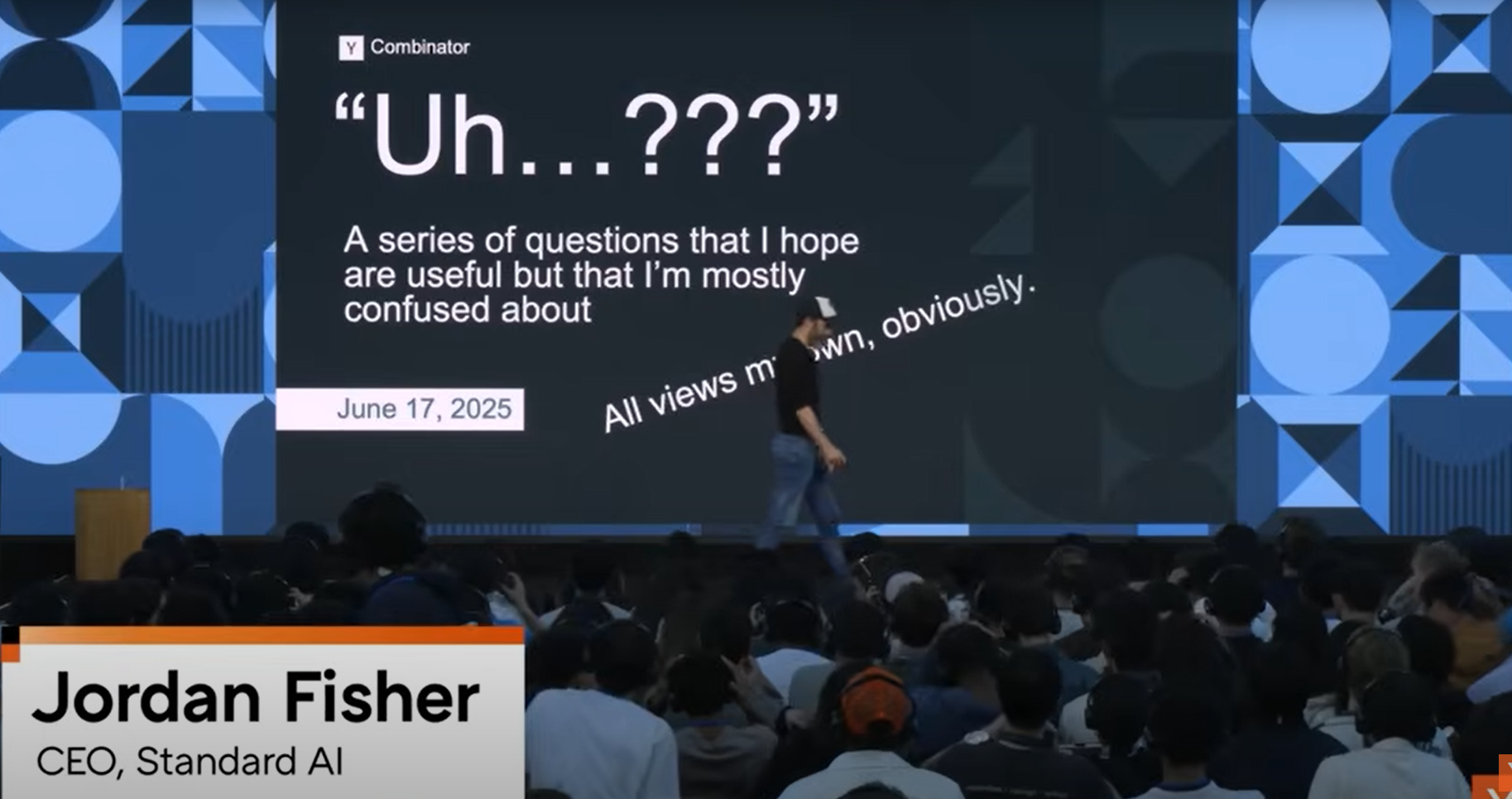





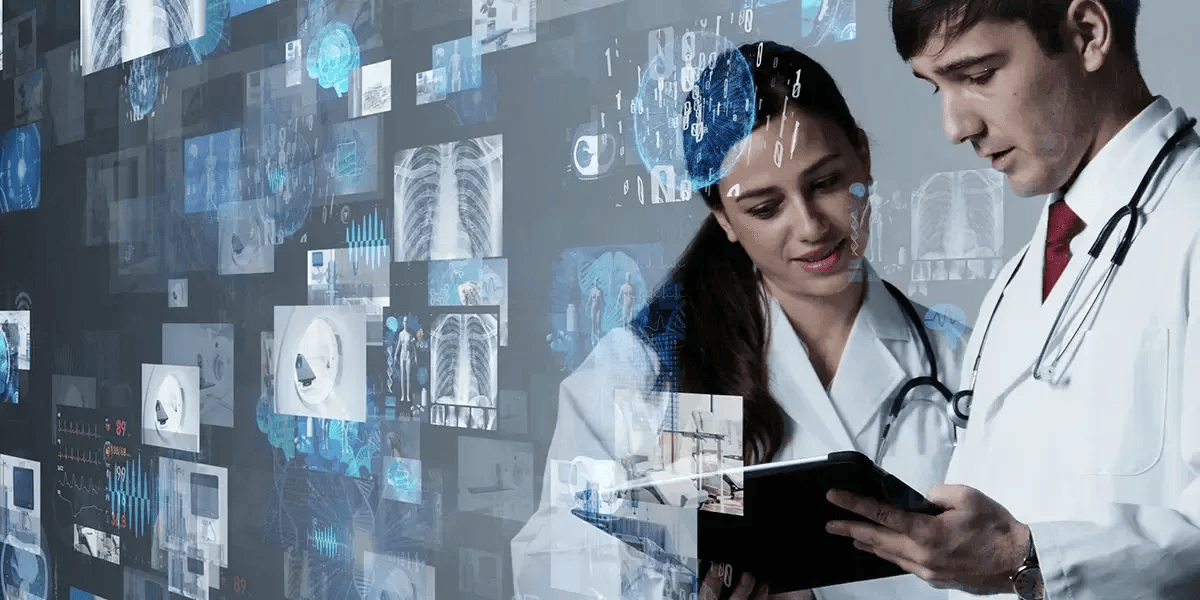




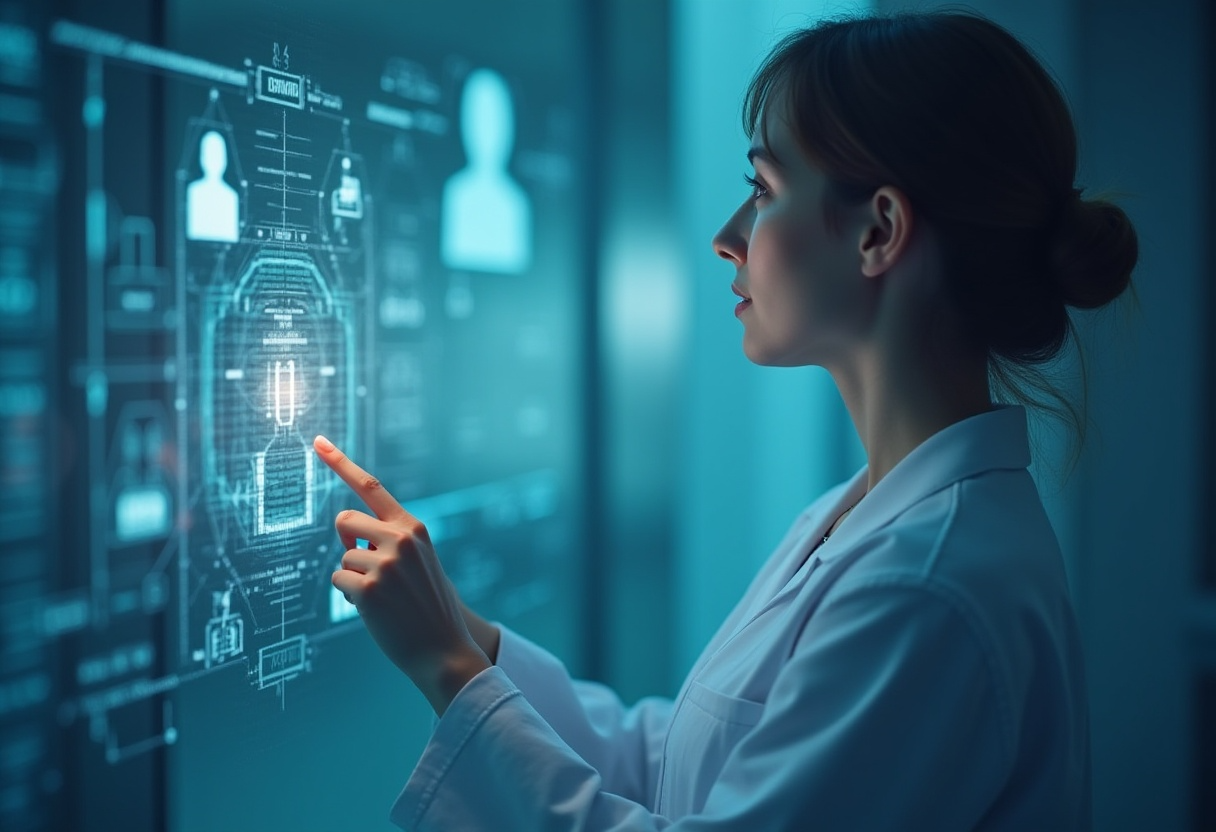


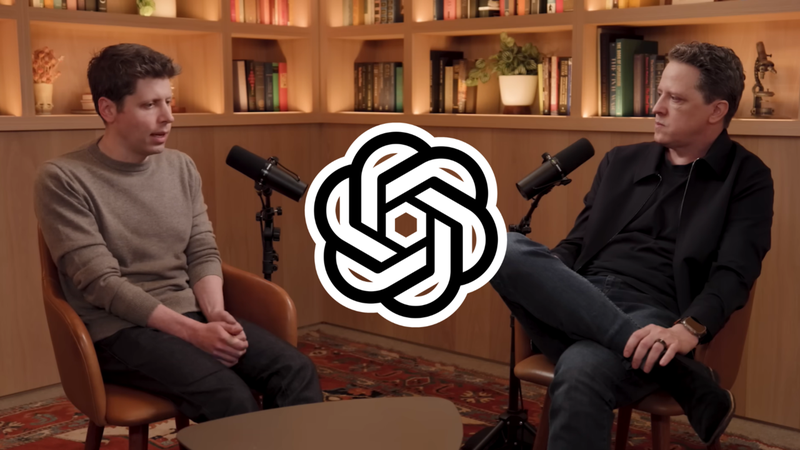





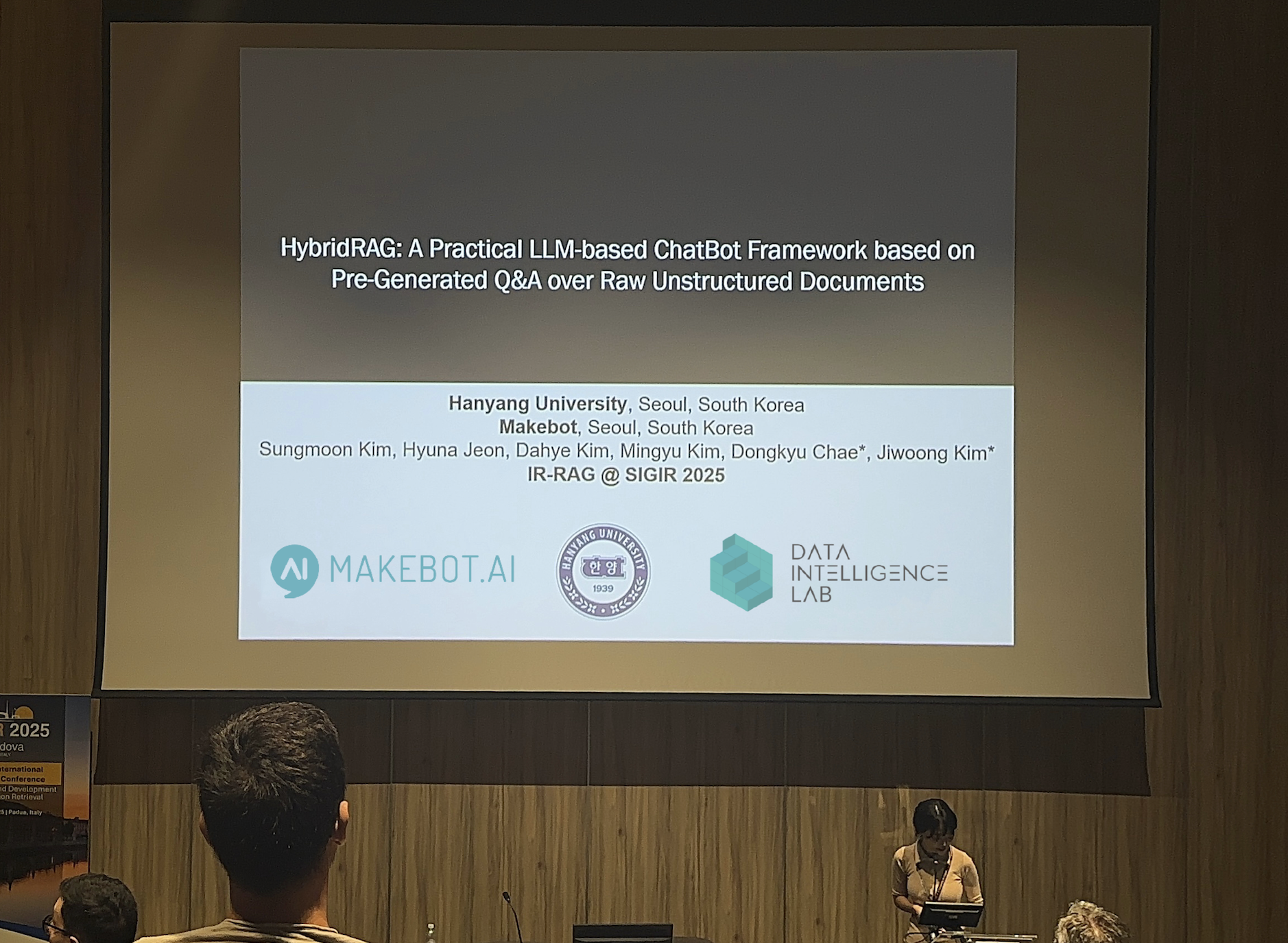









_2.png)












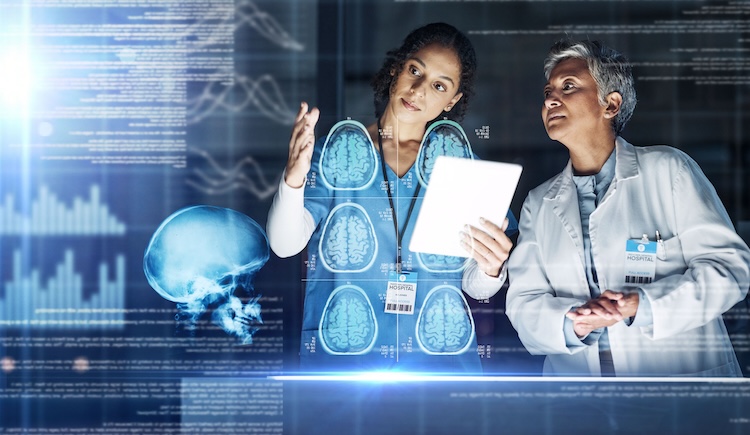





.jpg)













